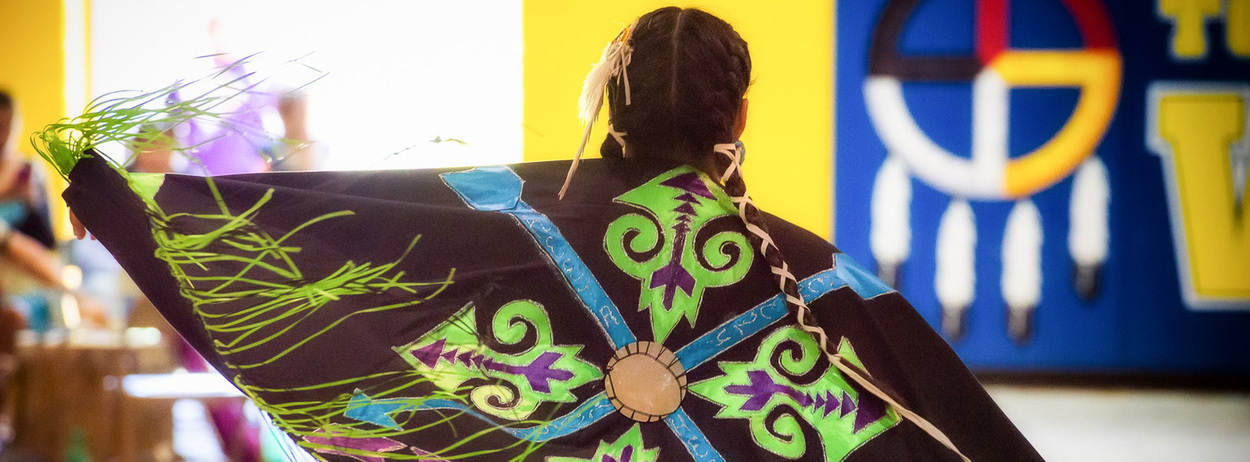
Life can be “tough” for Todd County students

Todd County Schools will be one of the recipients of the 2022 Miracle Offering: Wings for Wellness at the 29th session of the Dakotas Annual Conference. Courtesy photo.
A fifth grader in the Todd County Schools, has had his world turned upside down in the past year.
His grandpa had been caregiver for the student and his siblings because his dad had passed away a while back and his mom is not in the children’s lives.
Carrie Reinders, a Licensed Professional Counselor in Mental Health and a School Counselor at Todd County Schools, said this fifth grader lost his grandpa earlier this school year to COVID.
“Now that grandpa passed away, these kids have a young 20-year-old cousin that is now their caregiver,” she said.
Not surprisingly, that loss has been difficult for the young boy.
“Depression can come from a lot of places. Losing family members is one place,” Reinders said.
The fifth grader’s case is not isolated, she said.
Another death, that of a Todd County seventh grader by suicide at Christmas break, has his classmates struggling to cope with the loss, Reinders said.
According to a Youth Risk Behavior Survey, in Todd County, the home of the Rosebud Reservation, 48% of the youth report feeling helpless, being depressed, or having thoughts of harming themselves or someone else.
In the United States, Native American communities experience higher rates of suicide than any other ethnic group. Suicide is the second leading cause of death for Native American youth ages 10-24, and Native youth teen suicide rates are nearly 3.5 times higher than the national average.
Todd County Schools Superintendent Carol Galbraith said the last couple of years have been difficult for the Todd County students.
The last part of 2020 and the entirety of the 2020-2021 school year, students in Todd County did virtual learning, Galbraith said.
“They didn’t have that typical social interaction, peer relationship and adults they could confide in,” Galbraith said.
Reinders agreed saying: “It was tough. We realized a lot of our students need to be in person to have quality learning. We have kids who are now repeating grades because virtual learning did not work for them.”
The Todd County School District, based in Mission, has about 2,100 students at 12 attendance centers. They currently have 13 counselors on staff and will be adding one more in the coming year, Galbraith said.
“I feel like our district is in a little better shape as far as ratio. But the standard ratio is high – 250 students per one adult. We’re probably closer than a lot of districts, but there is a lot of need as well,” she said.
Reinders works at Rosebud Elementary School, a school of about 300, and visits classrooms every other week to do a guidance lesson.
“I have 48 students I see weekly in my office,” she said. “Their issues can be anything from social skills to family.”
Each school has a “healing room” or “heart room” where students can go to de-escalate or take a break when they are feeling overwhelmed, Reinders said.
The rooms are a serene setting with manipulative materials such as play-dough, fidgits, coloring activities, or other hands-on things to calm the student.
“Having a place to chill for like 10 minutes is invaluable,” Reinders said.
Reinders also works as a private counselor in the community.
“I know there is such a need for counselors in the area to help. An agency we partner with has a waiting list for counseling services,” she said.
Methamphetamines are an immense problem on the Rosebud Indian Reservation, Reinders said. So, whether it is dealing with drug use in the home or domestic violence, some students face weighty issues daily, she said.
“The trauma can be lots of different things that have happened to them,” she said.
At the high school level, counselors do more crisis counseling, Reinders said.
“They see depression and anxiety. Maybe the teens are having to be the adult at home. Whether it’s getting up younger kids to go to school or other things like that,” she said.
School attendance is an ongoing issue in Todd County Schools as well. Research has shown that a child's regular attendance may be the greatest factor influencing his/her academic success.
“Just being in school this year, you can again see the growth the students have had since the fall. Attendance has a lot to do with that,” Reinders said. “If you’re not at school, your learning can be slowed down.”
And kids who are not at school fall behind, she said.
“It’s a vicious cycle. If they are struggling to pass a grade and then they are not wanting to go to school that weighs heavily on them,” Reinders said.
